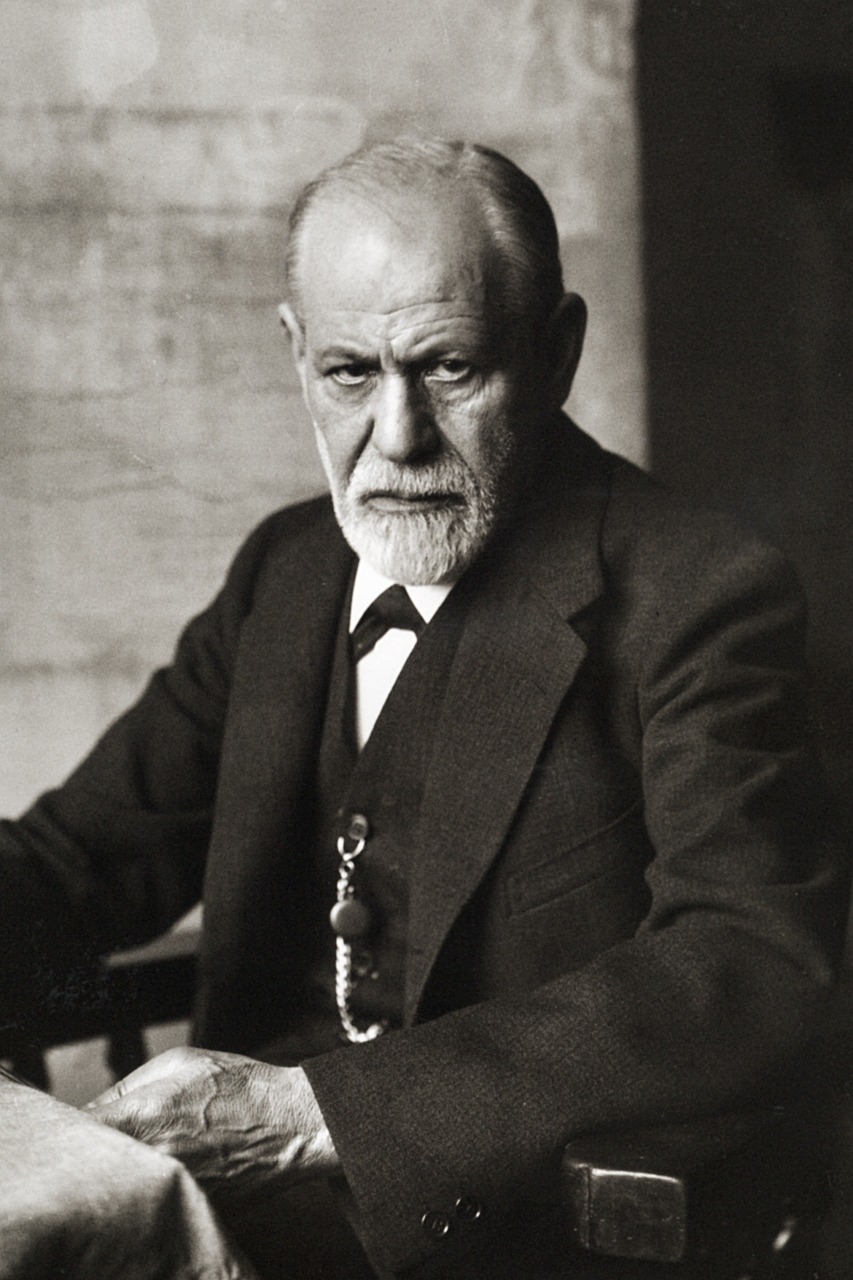For years and years, programs throughout the country have been utilizing the ACR in-service exam as a way to find out if residents have been keeping up with the material. And, from my experience, the correlation of the test with the Dow Jones Industrial Average on any given day is higher than that measure. And, many program directors believe the same. Now, for the past year or so, programs throughout the country have been utilizing the new Radexam to drill down on radiology topics to check the same measures. But, is this exam all that it cracked up to be and what do we know about it? What would be the optimal exam if I had my druthers? Should we be using any monthly or annual review to test residents at all? Or, perhaps, we should eventually overhaul the current core exam process in favor of Radexam-like alternative?
What We Know About Radexam Currently
Unlike the previous in-service examination, the ACR created Radexam as a crowdsourced evaluation tool. Academic radiologists are constantly vetting the questions. Also, dissimilar to the in-service, the exam evaluates the resident based on her specific rotation. You will be able to tailor particular question banks to your individualized monthly requirements at your institution, whether modality or topic based. If you have a cardiovascular MR rotation, theoretically, you can create an exam that tests on that rotation. And finally, you can evaluate residents with this tool on a monthly basis.
After I have seen an exam from the batch, the test looks hopeful as a tool for making sure that residents are keeping up with the material. But, the only way to know for sure is to correlate the test with resident evaluations and the core examination. That should be coming to a theater near you soon!
The Optimal Exam
OK. Deciding upon the optimal exam is a tough one. But, let’s give it a whirl. Well, first and foremost, we have to remember the purpose of an examination for residency. And, no the target of an exam is not to correlate with board passage rates. Instead, we should be thinking farther down the road. Is the test evaluating residents on the skills that they will need to become a good radiologist? Test authors often get hung up on creating an exam for the exam’s sake and forget about this end purpose. If I were a test creator, I would have none of that.
What else? Well, I would create an examination such that if you were able to pass it, you could demonstrate to your government, colleagues, and patients that you have the necessary skills to practice radiology. Forget about curves and complicated statistical mumbo-jumbo. I would not care if the pass rate was 87 percent, 100 percent, or 2 percent. All I care about is that our residents have the abilities and skills that they need to practice. In the end, that is all the public should care about too.
Additionally, it would not happen at one sitting. No more travel to Chicago, Tuscon, etc. Instead, you would take it continually throughout your residency at your program as a way to show you have gradually mastered the competencies that you need to practice.
Finally, the exam should be relatively reasonably priced on resident budgets so that they can afford the fees to create it. Theoretically, this is a tough one, I know. But, with large amounts of student debt racked up over medical school and residency, it cannot be more critical.
How Does Radexam Match Up To The ABR Core Exam?
Well, this is the million dollar question that residency directors throughout the country are trying to answer. The success or failure of this exam hinges on this answer. Unfortunately, we don’t know the answer to this right now. But, I suspect that the correlation will be higher than the previous in-service exam. It does not take much. So, in that respect, you would be able to call it a success.
Advantages Of A Monthly Exam Versus Annual Exam
The more often that we evaluate a resident during residency, the more likely that we can closely follow the learning process. On the downside, however, no one likes to be placed underneath a microscope at all times. Additionally, testing creates an artificial environment that differs from the day-to-day practice of radiology and medicine in general. But overall, the more often you test, the better you can check to see if the resident is completing the learning tasks necessary to become a radiologist. And, that brings me to my next and final thought.
Should We Consider Overhauling The Core Exam And Replacing It With Radexam?
If the core exam, as we know it, does not satisfy many of the criteria for an optimal examination, should we consider looking for alternatives? I believe that the curt answer is yes. And, Radexam may fit the bill if we drill down on it a bit.
First of all, it tests residents more often than a core exam, so that it allows a more accurate evaluation of the resident’s medical knowledge and skills throughout residency. Second, you can have residents take it on a home computer in a more realistic setting instead of some impersonal test center of some sort, leading to test-taking anxieties. Third, Radexam is crowdsourced and overhauled continuously throughout the year. Instead, the core exam questions are vetted, but only at a few intervals. And, finally, you can attune the Radexam to your program. Not all programs teach the same material throughout the country. Moreover, not all the content on the core exam will be relevant to your future practice of radiology. Radexam may resolve that issue.
Final Thoughts About The Radexam
We are still not quite there yet when it comes to knowing about exactly how Radexam will play out. In any case, I am hopeful that the outcomes will match up with the medical knowledge and skills that residents need to learn. And, as a bonus, I also would like to see a better correlation of Radexam with the core exam outcomes. (which I think we will) If these correlations are high, perhaps, we should consider Radexam as an alternative to entirely replace the in-service that we use right now and maybe sometime down the road, the core exam. Although no test is perfect, many of its features are significantly closer to my optimal examination than the current ones. Let’s start the debate to consider our best options.













